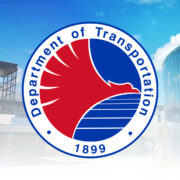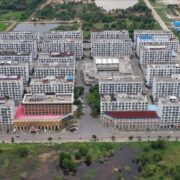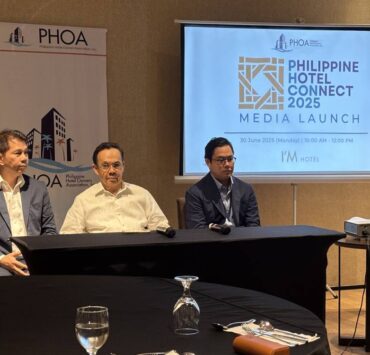MRT-7: From a milestone project to a monument to mediocrity

Transportation Secretary Vince Dizon recently toured the new MRT-7 line in Quezon City, the latest addition to Metro Manila’s long-neglected rail network. But what should be a milestone comes off more as an expensive missed opportunity, a project that confuses bulk with thought and concrete with care.
The MRT-7 stations look like giant supply depots dropped on the center of Commonwealth Avenue. One after another, they present the same formula: hulking, joyless structures, stripped of human scale, and architectural intent. These are not spaces designed to welcome passengers, let alone dignify the daily grind of commuting. They are defensive, impersonal, and almost hostile.
The roofing, for instance, is a drab, untextured expanse of metal, with all the visual interest of a poultry warehouse. The flooring feels like a throwback to the early 2000s—plain and seemingly destined to stain and crack within months. Inside the stations, pipes hang openly from the ceiling; steel grilles enclose the spaces in lieu of windows, as if the intention was to discourage people from lingering, looking out, or even feeling safe.
Perhaps most alarming is what’s missing. MRT-7 uses third-rail electrification, which means just inches from the track, a live rail carries high-voltage electricity. International best practice is clear: lines like this, especially with high passenger volumes, should have platform screen doors to prevent accidents, reduce suicides, and improve airflow and security. Either the risks were dismissed to cut costs, or someone assumed the public wouldn’t speak up.
The access ramps look steep and poorly placed. At ground level, the environment is chaotic: informal vendors line the sidewalks, while motorcycles spill into pedestrian and vehicle spaces. Station entrances may exist on paper, but reaching them means navigating unregulated street activity and road hazards.
Manggahan Station’s narrow island platform recalls the worst of MRT-3’s legacy—most famously at Boni, Buendia, and Taft stations—where crowding during rush hour turns into a safety hazard. At University Avenue, the structure looks like it’s halfway submerged, clashing awkwardly with its surroundings and betraying no clear architectural identity. Even the much-criticized LRT-1 South Extension, which has drawn flak for dumbing down Bobby Mañosa’s once-iconic station designs, now looks comparatively refined.
LRT-2 stations, for all their flaws, are at least consistent in layout and easy to navigate, thanks to proper concourse and platform levels. The North-South Commuter Railway stations appear to have been designed with future growth in mind.
We don’t need to compare ourselves to Singapore or Hong Kong. Cities across Southeast Asia—Jakarta, Hanoi, Kuala Lumpur, Bangkok—have all, in their own ways, begun to invest in public transport systems that treat people not as passive riders but as citizens. They build stations that double as public spaces and consider how a train station’s design connects and blends with its surroundings.
The entire rail system also has no standard signage, no unified network map, and no design language to speak of. Each new line arrives like a solo project, designed in isolation, executed on a deadline, and left for commuters to figure out. Public transport shouldn’t be reduced to the cheapest way to move bodies from point A to point B. A city that respects its citizens doesn’t ask them to navigate unfinished-looking stations and grime-covered staircases just to catch a train.
The defenders will argue that it’s all functional—that the line works, trains will run, and people will use it. But functionality isn’t the only measure of good design.
We deserve better. If MRT-7 is a glimpse of the future, then we ought to ask whether this is really the kind of future we want—or if we’ve simply been conditioned to settle for less.
Marisse Tan,
marisse.arvello.tan@gmail.com

















